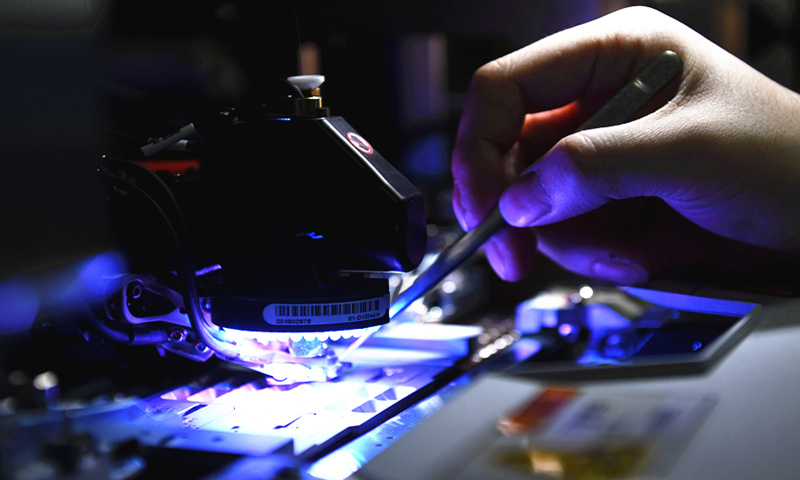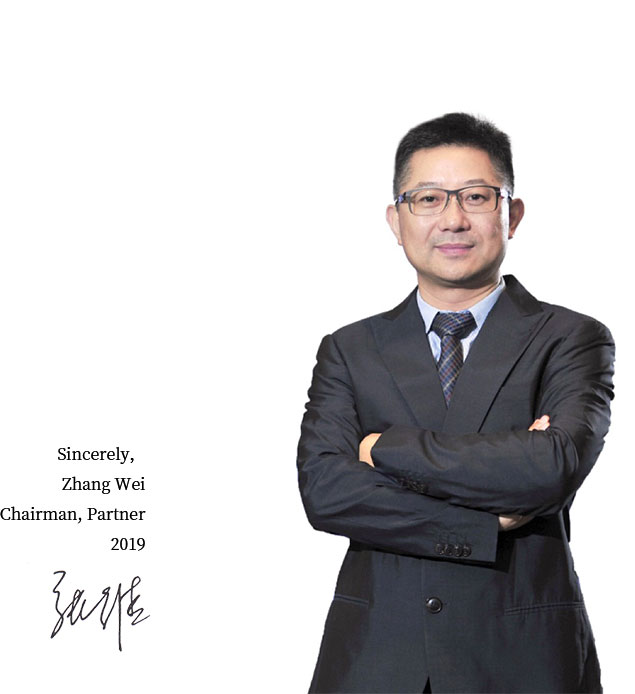2018.07.11 Shen Junhan Views:
In recent years, government guide funds have gradually become a strong force in the PE market. By the end of 2017, the total target size of domestic government guide funds had reached about ¥10 trillion, and about ¥3.5 trillion had been allocated.

In recent years, government guide funds have gradually become a strong force in the PE market. By the end of 2017, the total target size of domestic government guide funds had reached about ¥10 trillion, and about ¥3.5 trillion had been allocated.
There are still a number of government guide fund set up in the first half of 2018. For example, Shandong Province set up an energy conversion fund with a total scale of not less than ¥600 billion, and Beijing set up a science and innovation fund with a scale of ¥30 billion. On July 2, eight BabyfFnds, including the NEVs Industry Fund and the Intelligent Manufacturing Industry Fund, signed a contract in Hefei, Anhui, with a total scale of ¥19 billion and the initial scale of ¥5.5 billion. Since then, Anhui PE fund system has entered into version 3.0.
Although this sub-fund has certain restrictions on the local investment ratio, that is, the investment amount is not lower than that of the FoFs and governments, it also makes a market-oriented design on the extension of the project.
Moreover, government guide FoFs also have some advantages: first, it solve the difficult problem of raising funds in the market after the issuance of new capital management regulations. Second, the fund manager will get more local resources after receiving the investment from the government guide FoFs to improve the local combat advantages; Third, Anhui's abundant science and education resources make it have an advantage in the reserve of technological innovative projects.
Written by Shen Junhan, this editorial was expected from Stage 3.0: Anhui Provincial Equity Funds’ Experiment and was originally published p5w.net. Read the full article in Chinese, please check:http://www.p5w.net/news/gncj/201807/t20180709_2154920.htm
Rewritten by Jiang Qinyu, Edited by Du Zhixin, Li Yunzhen
The year 2019 marks the fortieth anniversary of China’s Reform &Opening-Up, once again, we meet at the turning point of history. What’s the next step for the game, is there any clear guidance? The answer is affirmative.
Our country is enjoying a good momentum of development, which does not come from the Washington Consensus nor the Beijing Consensus. China’s experience has proved that both the visible hand and the invisible hand are crucial: the visible hand, stands for the government-led reform, and would yield benefits for reform and opening up; the invisible hand, stands for the Marginal Power represented by the private sector, and would improve economic efficiency and tax collection, create jobs and employment opportunities.
Provided that we want to protect and expand the benefits form reform, three simple but mandatory agreements are to be made and followed: No.1 Private ownership must be recognized, protected and treated equally with public ownership constitutionally, both ownerships are scared and inviolable;No.2 Make further clarification of the principal position of market economy, “deepen economic system reform by centering on the decisive role of the market in allocating resources”, as President Xi addressed in the third Plenary Session of the 18th CPC Central Committee;No.3 Implement the guiding principles of “comprehensively promoting law-based governance” of the fourth plenum. The rule of law is essential for economic growth, irreplaceable to protect private ownership, and necessary to encourage innovation and entrepreneurship.
Above are three rules for us to avoid falling into the Middle-income Trap. Assuming that we are breaking systematic barriers to private enterprises’ participation in market economy, and boosting innovation and entrepreneurship of our society, then we are heading towards a promoting direction. We are marching in the path of light, regardless of the ups and downs of Sino-US relationship, the drop in GDP growth rate, or the monetary policy.
These principals also apply on knowing how better to run a business: don’t be hedged by rules and regulations at the beginning, pay more attention to your survival, and you’ll learn more when you start your second business.
For many years, Huawei has been the only Chinese company on the list of the Top 50 R&D Spenders. Regardless of the economy and its income, what Huawei has been doing is investing in its future, dedicated to R&D, continuously and resolutely. This provisional work underscores Huawei’s accomplishments, making Huawei anindustry leader.
So, there are standard answers on how to run a company,which could be summarized as concentration and professional dedication, continuous investment on innovation and trying harder in R&D. Entrepreneurship is also important, every single company needs entrepreneurs to push aside all obstacles and difficulties, to implement strategies and ideas. We, as investors, are destined to look for such outstanding entrepreneurs and their companies, invest in them and partner with them.
At this key point of history, a country, a company, or asingle individual, will all need to find the right path. Four decades after the Reform and Opening-up, it’s time to learn from our experience and stop “wadding across
